Location: on the grounds of Hopetoun House, Queensferry, South Queensferry, West Lothian, Lowlands of Scotland
kind of castle: thought to have been a tower house
today: completely destroyed, only a small mount remaining to be seen, marked with large trees
public transport: bus to Queensferry, couple of kilometre walk from the bus stop to Hopetoun House
scheduled monument: yes
managed by: Hopetoun House Preservation Trust
entrance fee (subject to change): £ 13.50 (included in the Hopetoun House Grounds)
opening times (subject to changes depending on year visiting, check website for up to date dates and closures): Thursday to Monday 11:00 to 17:00 (April to September)
directions: Google Maps
Built during the 12th century Abercorn Castle only had a short life, being demolished in 1455 and the grounds passing to the Hopes of Hopetoun House. Originally the grounds of Abercorn belonged to the de Avenel family, during the 12th century, and were most likely granted to the family by David I.
During the next years the estate passed through many hands including Clan Graham and after John Grahams death in 1341 passing into the hands of Clan Douglas, both these changes in hand happened through marriage. The Douglas ownership made Abercorn Castle a major stronghold being one of their main strongholds in Lothian.
It was under the Douglases that the first castle building got destroyed, after they had rebelled against King James II and in 1455 it escalated in a siege by government forces. Keeper in those times was James Douglas, 9th Earl of Douglas. By Easter 1455 the castle was captured or surrendered, and the senior members of the garrison ended up hanged, this was the end of the campaign against the Black Douglases at Abercorn.
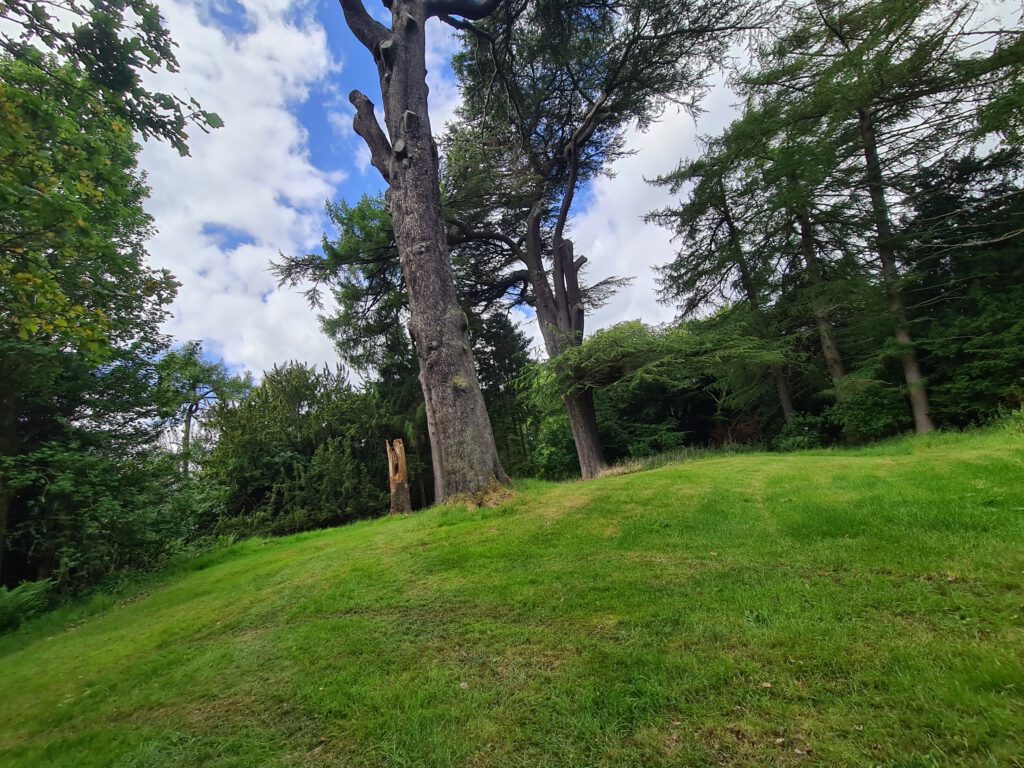
Given marriage it is believed that the grounds on a certain point passed into the Lindsay family and stayed in it until granted to the Hamiltons by King James VI, others say that this occurred some time during the Douglas keep of the castle and after the destruction the grounds belonged to the crown. What we do know for certain is that in the late 16th the grounds passed into the hands of the Hamiltons of Paisley, who later became the Earls of Abercorn.
Some time during the late 15th century it is believed that the castle was at least partially rebuilt, taking stone from the old structure, since the most likely event was that after destruction by James II the ruins remained on site, possibly later creating a manor and a watch tower out of it. It can’t be said for sure if that was the caste but pictures dating back to that time do suggest it.
After the Hamiltons the lands passed over to Clan Seaton and kept on changing hands since no one could really afford the upkeep of the castle. During this period the house got reduced in size before the barony of Abercorn passed into the hands of the Hope family in 1678 alongside the Sheriffdom of Linlithgow.
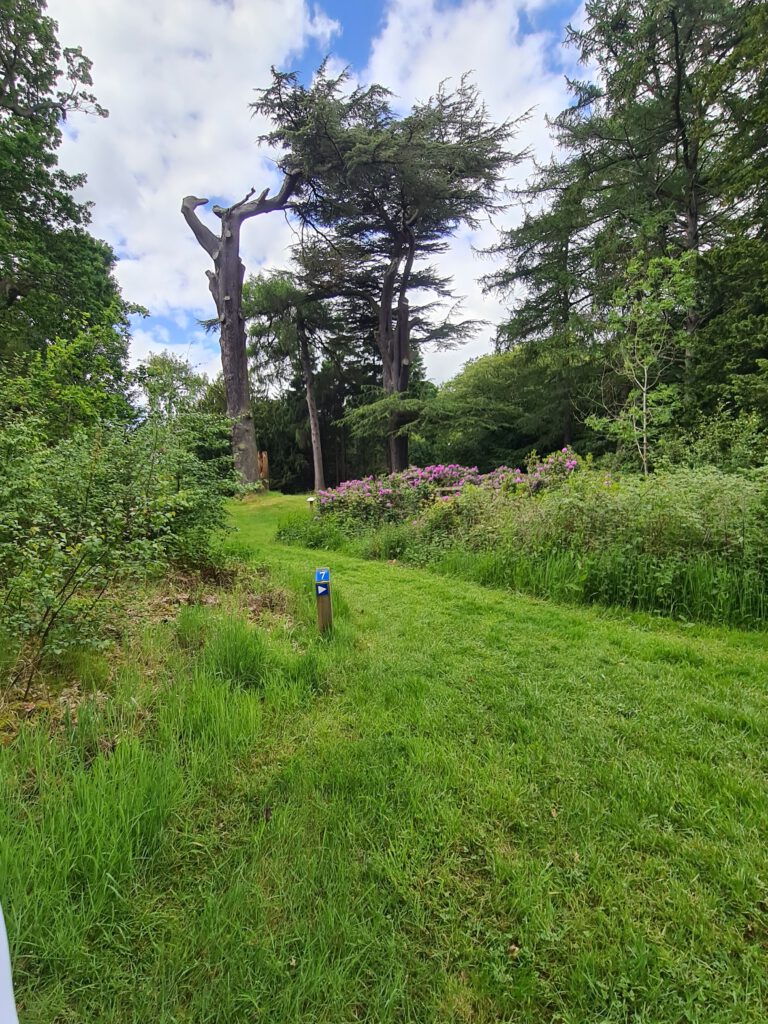
The Hopes were most likely the ones who cleared the grounds of Abercorn Castle which must have been in a badly ruined state at this point if not reduced to the ground works, making it part of the landscape by burying what was left of it.
With no traces of the castle surviving above ground, it was formerly excavated in 1963, finding evidence to suggest royal usage during the 15th and 16th centuries, before the lands were granted to the Hamiltons. However, there is no real historic prove of what happened when, after the first castle was destroyed in 1455, except of to whom the estate was granted.
An obelisk is what survives from the early Hope days on the estate, and it might even predate them. Still, what you can find on the site today is not more than the mount formed above the ruins, out of rubbish of the Old Castle of Abercorn itself. It is hard to say what once was there and it sadly shows pretty well how easily detailed history can be lost.
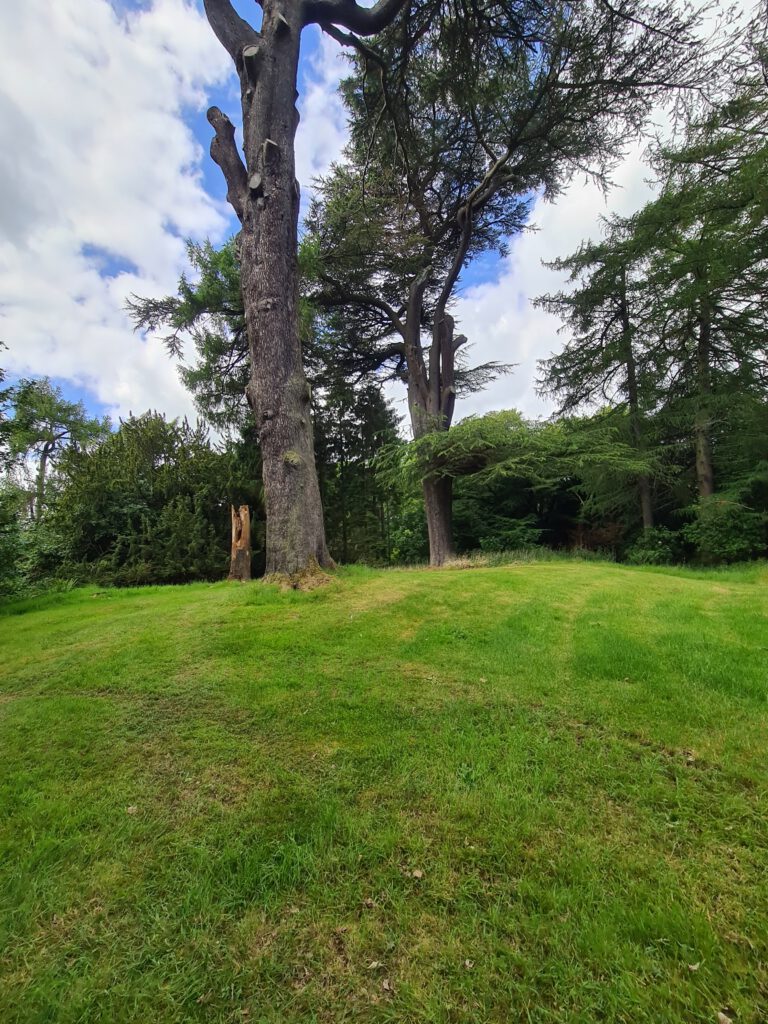
The once castle that must have overlooked the Firth of Forth and much of West Lothian is now nothing but a marked part of “the Wilderness” on the grounds of Hopetoun House, leaving open questions about its past no matter if called Abcorn, Old Castle of Abercorn, Abyrcorn, Abircone or Abercorn Castle (as it is usually referred to). It had been a part of the history of Scotland and was kind a lost due to a more impressive building closeby and the wish to have the grounds looking perfect.
If you visit Hopetoun House, I do suggest taking some time and explore the lovely grounds, go for a stroll there and keep your eyes peeled to find the sign marking Old Abercorn Castle, you won’t find much but the mount surrounded by trees, with much its history buried alongside the leftover parts of a once important building.

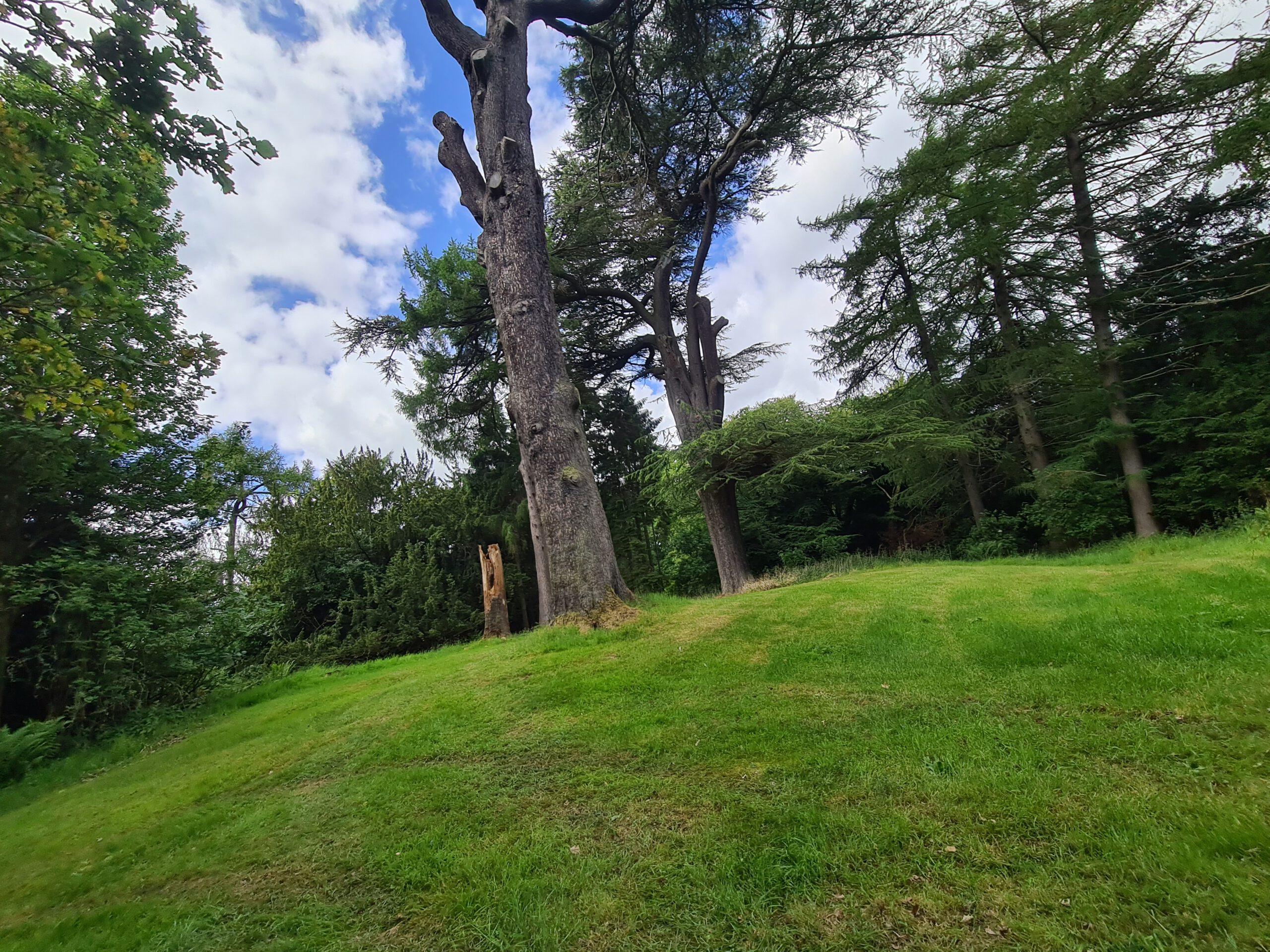
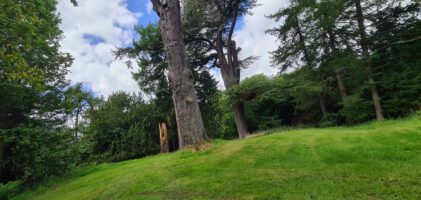
Ive written two historical novels that take place during the reign of James II. I’m working on a third book and part of that book is about the seige of Abercorn Castle. I would appreciate any information you could provide about this time period in general and the castle in particular. I’m especially interested in knowing the names of anyone that was involved in this seige (or any names that would have been common in this area at that time). Any assistance you could provide would be most appreciated.